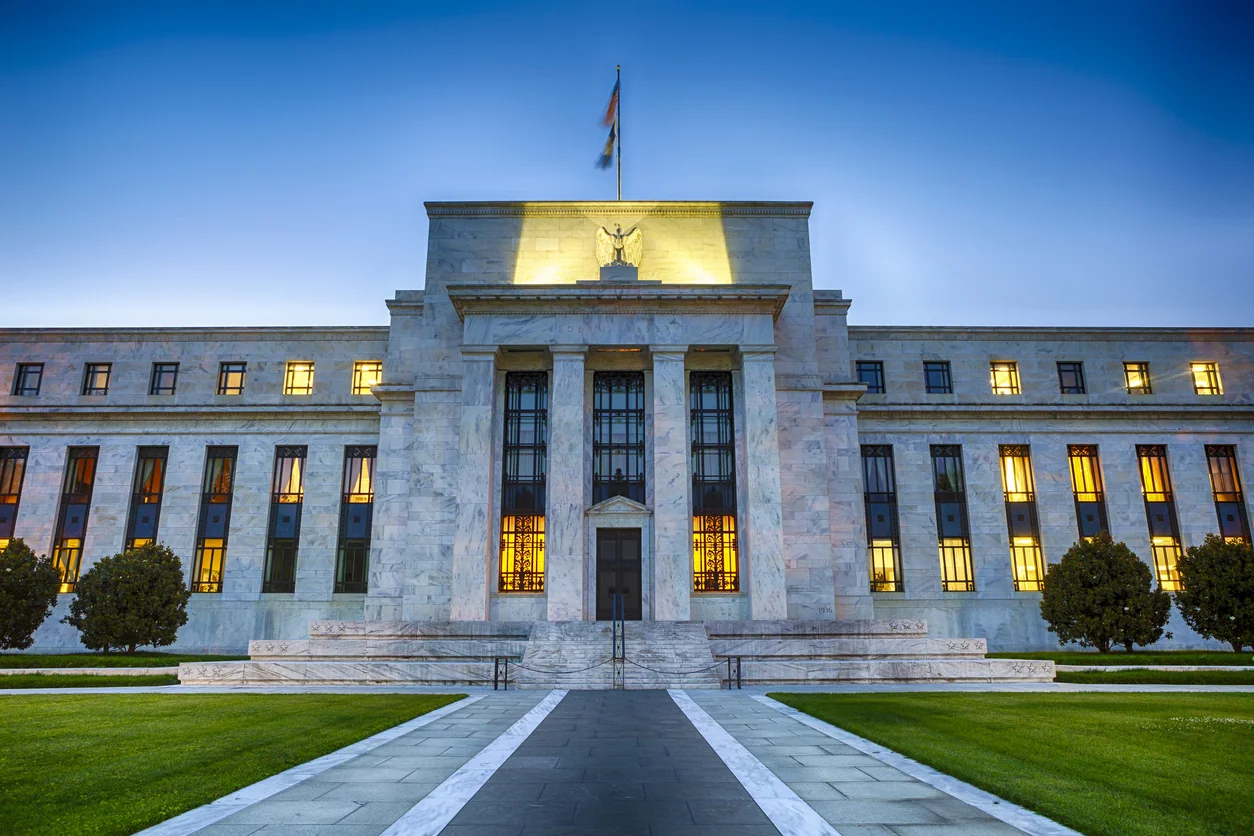In the ever-changing world of economics, the Federal Reserve, commonly known as “the Fed,” plays a crucial role as the United States central bank. It is responsible for safeguarding financial stability, managing inflation, and promoting maximum employment. But why should real estate enthusiasts care about the Fed’s actions? Let’s explore this integral component of the American economic landscape and its direct and indirect impact on the real estate market.
The Federal Open Market Committee (FOMC): Calling the Shots
We must first focus on the Federal Open Market Committee (FOMC) to understand the Fed’s economic influence. This committee convenes eight times a year, approximately once every six weeks, to assess current economic conditions and set the direction for monetary policy. The FOMC consists of twelve members, including the seven members of the Board of Governors, the Federal Reserve Bank of New York president, and four rotating Reserve Bank presidents.
The FOMC and the Federal Funds Rate: A Direct Connection
The federal funds rate is the FOMC’s primary tool for regulating the economy. This rate determines the interest at which banks and credit unions lend reserve balances to each other overnight. When you hear that the Fed has raised or lowered interest rates, they are referring to changes in the federal funds rate.
The Impact on You:
Direct Effects The federal funds rate directly influences the prime rate, which is the interest rate banks offer to their most creditworthy customers. Consequently, this prime rate affects various types of credit, including mortgages, car loans, and credit cards. For real estate enthusiasts, changes in the federal funds rate can directly impact mortgage interest rates.
When the Fed raises interest rates, mortgage rates will likely follow suit. This can lead to higher borrowing costs, making it more expensive for consumers to finance their home purchases. Conversely, when interest rates are lowered, mortgage rates become more affordable, driving demand in the real estate market.
The Ripple Effect:
Indirect Impacts Beyond its direct influence on interest rates, the Federal Reserve’s decisions have a broader ripple effect on the economy. When interest rates are low, it tends to stimulate economic activity as businesses and individuals are more likely to borrow and spend, boosting economic growth. However, if the economy heats up too quickly, it could lead to inflation, prompting the Fed to raise interest rates to curb inflation.
In the real estate market context, the Fed’s actions can significantly impact property values. Low-interest rates increase affordability, encouraging more people to enter the housing market and potentially driving up property prices. Conversely, higher interest rates may deter some buyers, leading to a slowdown in the housing market and potential price adjustments.
Conclusion: Understanding the Fed’s Role Matters
The Federal Reserve, particularly the FOMC, wields significant influence over interest rates, directly affecting financial institutions and indirectly shaping various sectors, including the real estate market.
As a real estate enthusiast, being aware of the Fed’s decisions empowers you to make informed decisions for your investments and future home purchases. The next time you come across news about the Federal Reserve, remember its role as the puppet master of the economy. Its actions can directly impact your mortgage rates and, in turn, your ability to purchase a home. Moreover, the Fed’s decisions can indirectly influence property values and the overall health of the real estate market.
By understanding the mechanics behind the Fed’s actions, you can better navigate the economic landscape, stay ahead of market trends, and make sound choices for your residential real estate endeavors. Keep an eye on the FOMC’s decisions, as they are the key to unlocking valuable insights into the state of the economy and the real estate market’s prospects.






